What Is a Cryptocurrency Whitepaper? | In-Depth Guide
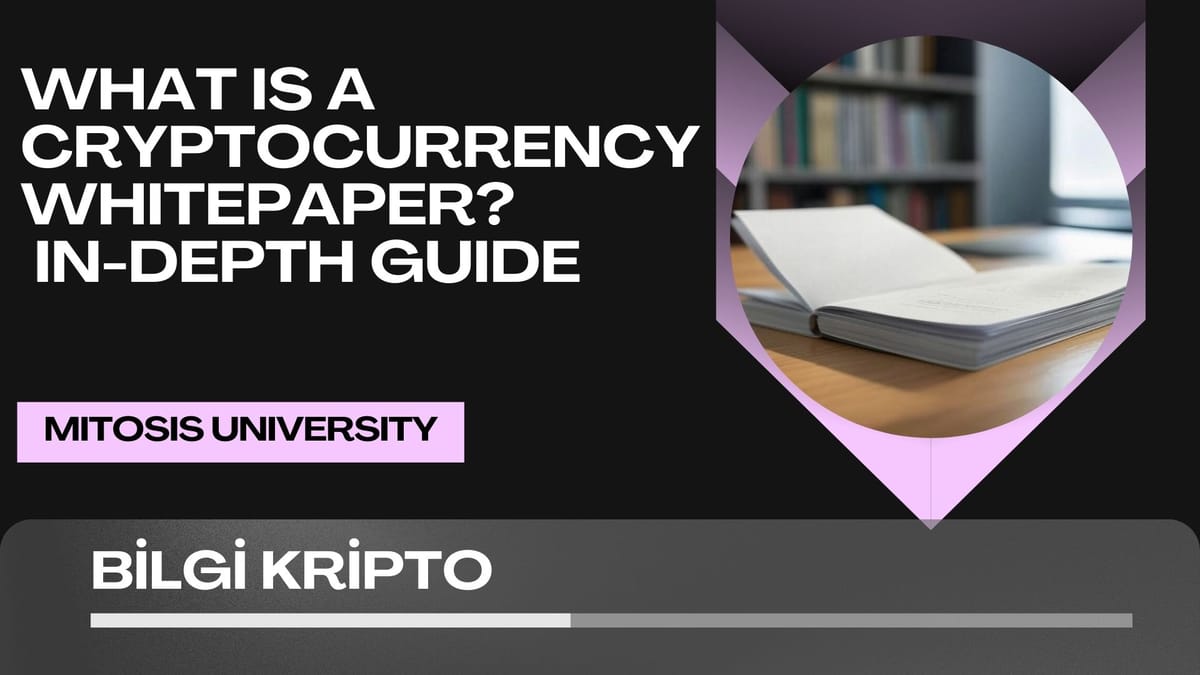
When you step into the crypto world, one of the first terms you'll come across is “whitepaper.” But what exactly is this document? In short, a whitepaper is an official document that explains a blockchain project's vision, technical infrastructure, token structure, and roadmap in detail.
You can think of a whitepaper as the identity card of a crypto project. It tells the story from the developers’ perspective and serves as the primary reference for investors, developers, and community members.
🧠 The Core Purpose of a Whitepaper
A crypto project uses its whitepaper to explain why it exists and what it aims to achieve. This document goes beyond the technical—it also covers strategic and economic aspects. For example:
- What problem does it solve?
- How does it work?
- What technologies does it use?
- How are tokens distributed?
- What are the future plans?
By answering these questions, a whitepaper clarifies the project's “promise.”
⚙️ Why Are Whitepapers Important in Crypto?
Whitepapers provide transparency for blockchain projects. Even though there's no legal obligation to publish one, serious projects use this document to build trust with their users.
That’s why reading a whitepaper before investing is considered the first step in fundamental analysis. The technical details, tokenomics, and team plans it contains give you the chance to evaluate the project holistically.
✅ Tip: Whitepapers that are clear, non-overly technical, and rich in information are usually more trustworthy. Focus on projects that avoid vague language and present concrete goals.
🧾 What Should a Whitepaper Include?
Each project’s whitepaper is unique, but most include the following components:
- Introduction
Outlines the project's purpose and vision.
- Problem Statement
Defines the specific issue the project aims to solve.
- Solution & Technology
Presents the proposed model and technical architecture.
- Tokenomics
Details about token supply, distribution, and use cases.
- Roadmap
Covers past achievements and future plans.
- Team
Information about developers, advisors, and past experience.
Some whitepapers even include statistics, charts, or mathematical formulas to demonstrate the strength of their technical foundation.
🚩 Red Flags to Watch Out For
Reading a whitepaper isn’t just about gathering information—it’s also about identifying risks. Here are some warning signs to look out for:
- Vague or exaggerated promises
- Lack of team information
- Unclear token distribution
- Plagiarized content (identical to other projects)
During the 2017 ICO boom, thousands of projects released whitepapers like these—many turned out to be scams or failed ventures. The golden rule still applies today: Writing a whitepaper is easy, building a project is hard.
📘 Bitcoin & Ethereum Whitepapers: How Legends Began
💡 Bitcoin (2008)
Satoshi Nakamoto’s legendary whitepaper introduced the idea of decentralized digital money. Titled “Bitcoin: A Peer-to-Peer Electronic Cash System”, it remains a standard reference even today.
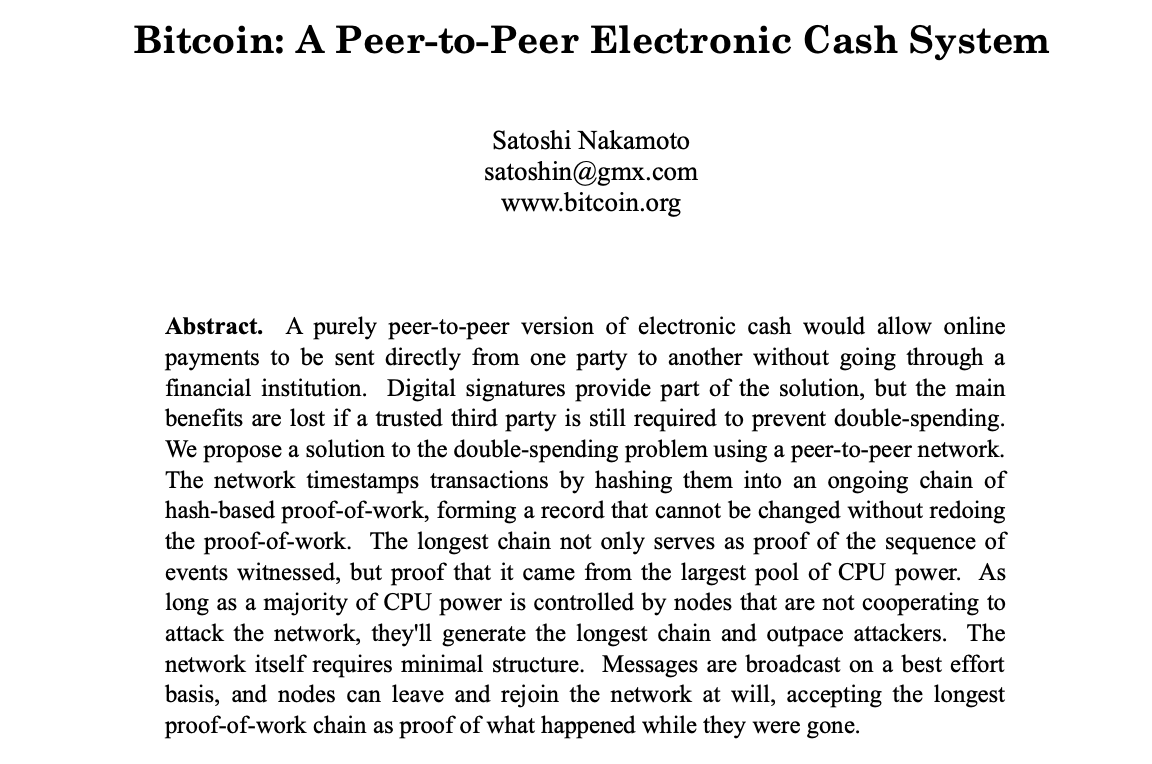
💡 Ethereum (2014)
Written by Vitalik Buterin, the Ethereum whitepaper launched a new era for decentralized applications. By introducing the concept of smart contracts, it proposed not just a currency—but a full ecosystem.
These two examples show how well-crafted whitepapers can spark revolutions.
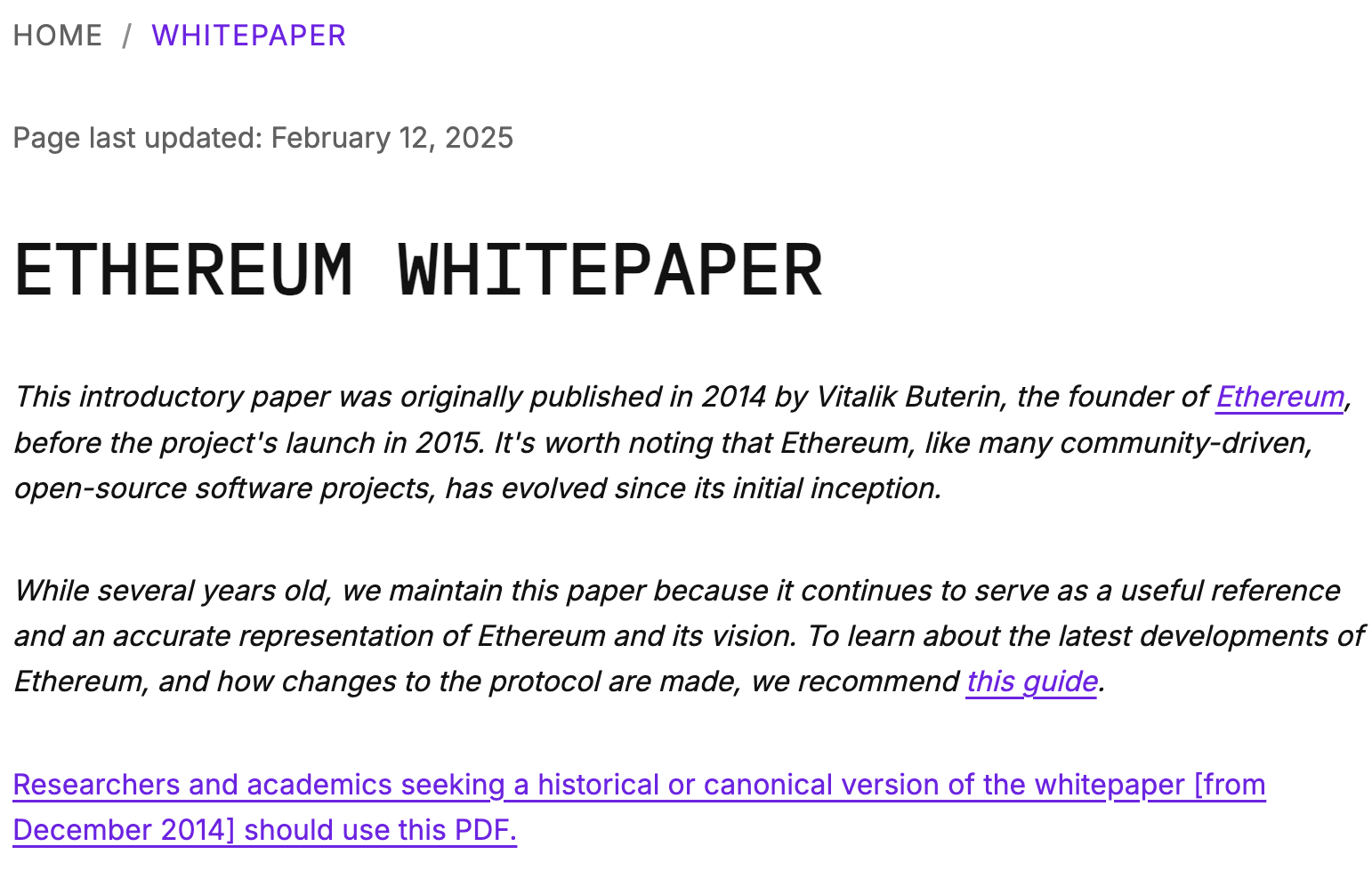
✍️ Conclusion: The Key to Understanding a Project
A whitepaper is more than just an informative document—it’s a mirror that reflects a project’s intentions and potential. Anyone can write a whitepaper, but being able to analyze it correctly is what sets you apart.
👉 Before investing, always check:
- Does the project clearly state its purpose?
- Is the roadmap realistic?
- Is the token model sustainable?
- Is team information transparent?
Remember: in crypto, knowledge is the ultimate power. And it all starts with reading a whitepaper the right way

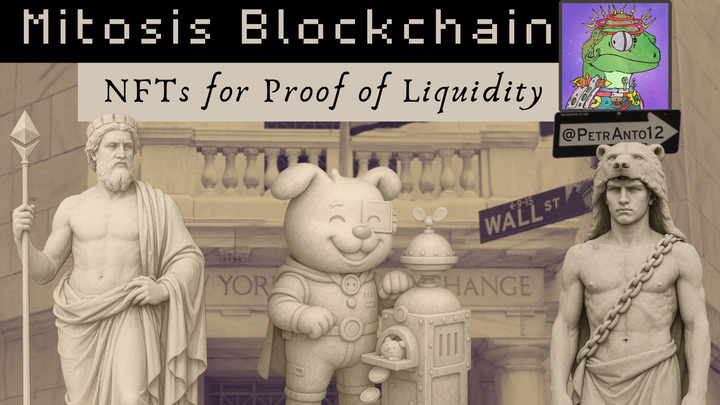
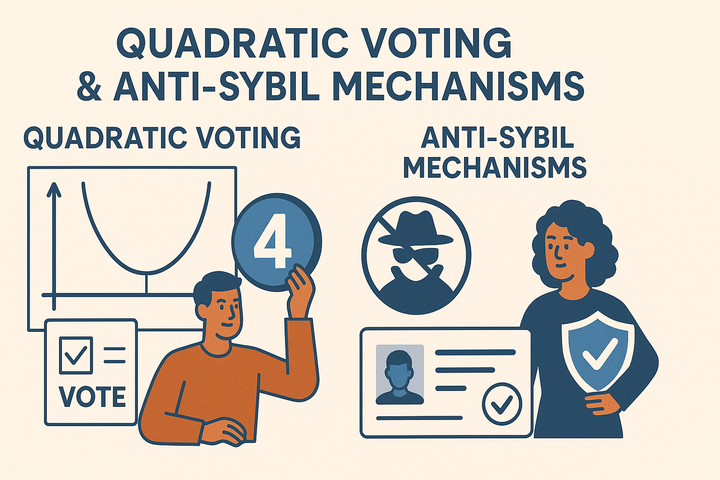
Comments ()